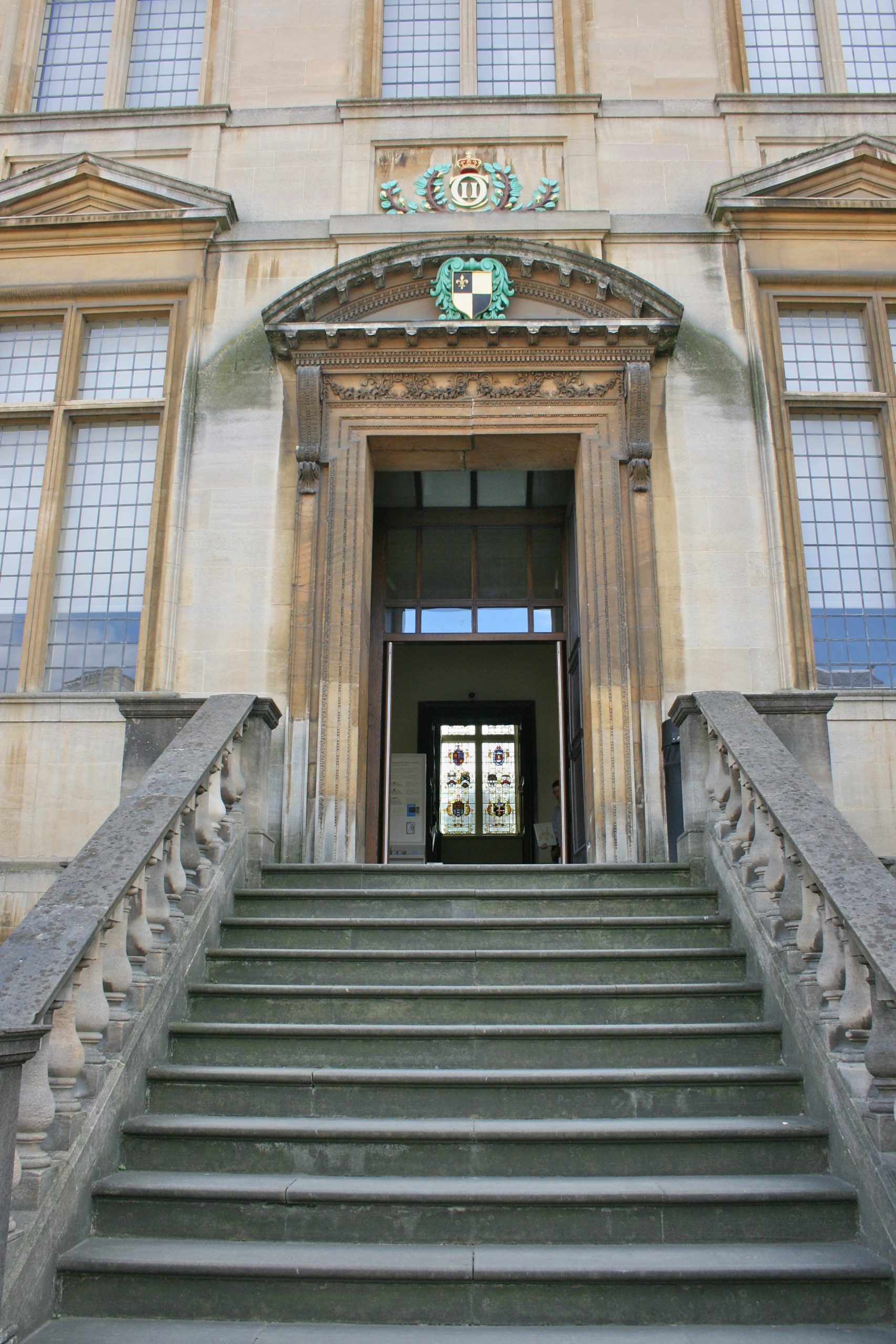Oxford’s History of Science Museum has re-opened, heralded by an Islamic metalwork exhibition. The focus of the display has been themed to highlight the intersections between different cultures and countries throughout history.
The exhibition will be on display from 9th October to 10th January, incorporating a mixture of artifacts both from the Museum itself and ten “precious and rare” artifacts as part of a tour from The Courtauld that has visited Cornwall, Bradford, Oxford, and Bath.
The display has been split into three themed elements: Migration of objects, people and ideas from borders with China to Mediterranean; Trade between the Islamic world and Europe; Mutual influences between Islamic culture and European culture.
Each of the themes holds immaculately detailed objects made of multiple metals through a traditional Islamic inlaying process. Together the objects tell a complex history of shared ideas, trade, and metalworking processes.
As the website says, the exhibition contains pieces of “stunning court fashion and intriguing astrolabes”, “beautiful bowls and candlesticks”, spanning six centuries of Islamic artisanship.
The exhibition also involved volunteers from the History of Science Museum Multaka-Oxford team. ‘Multaka’ is an Arabic word meaning “meeting point”, and in this way the team began as an initiative to involve displaced individuals with their history through presentations and volunteering. While the pandemic and limited space prevents physical involvement in the exhibition, in the online version objects belonging to members of the team with descriptions written by them are included.
One member of the team, Jonathan Fruchter, has been especially inspired by a metal inlaid handbag from the collection. This led to him writing a computer program that allows people to transform rough sketches into Islamic-inspired designs. There is a video introducing the concepts that he has created on display at the museum too, where the concept is introduced.
Dr Federica Gigante, curator of the exhibition, told Cherwell that what she wanted to show was the idea that “we are indebted to other countries for what we have today, as much as they are to us, because we have always shared”.
To book, the Museum has tickets available online by time slot in order to maintain social distancing, and a one-way system has been put in place. The top floor has also had to be closed to ensure everyone is able to enjoy the Museum in a safe manner, but the first and ground floors remain fully open for viewing.
Image credit: Mike Peel/ Wikimedia Commons. License CC-BY-SA-4.0.



